PRODUCTS
CONTACT US
Ningbo Nide International Co., Ltd.
一一
· Contact person:Jack Zeng
· Mob/Whatspp/WeChat:0086-13738869026
· Email:emarketing@nide-group.com;marketing4@nide-group.com
· Add:No. 169, Wohushan Road, Daqi Subdistrict, Beilun District, Ningbo, China
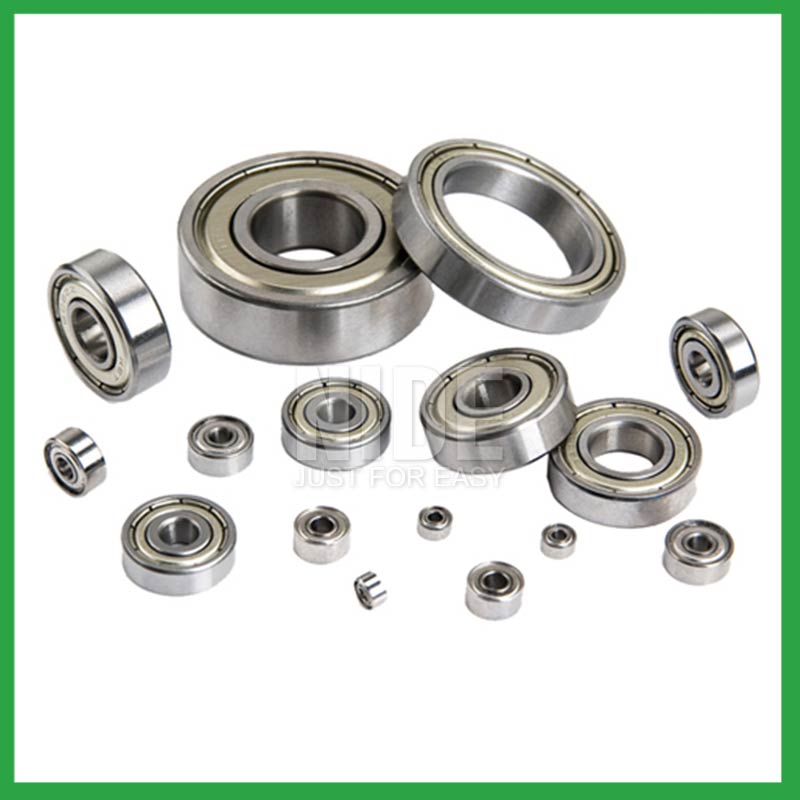
Nide team could manufacture ball bearing as per customer’s drawing and samples.
If customer only has samples, we could also design drawing fo r our customer.
We also provide customized service.
Our ball bearing is widely applied the different industrials.
Established in 2010, Haishu Nide International Co., Ltd is a company devoted in the field of electric motors manufacturing, providing one-stop service for its customers. Nide has three main business divisions. The first division is to provide different kinds of motor manufacturing machinery, including stand along machine, fully-auto complete line for armature and stator production, and the motor assembly line. The second division is to supply the full range of insulation paper,shaft,carbon brush,ball bearing,motor cover and lamination,fan,thermal protector,etc. The third division is to provide technical support and consulting, project support and turn-key service for some motor manufacturing.
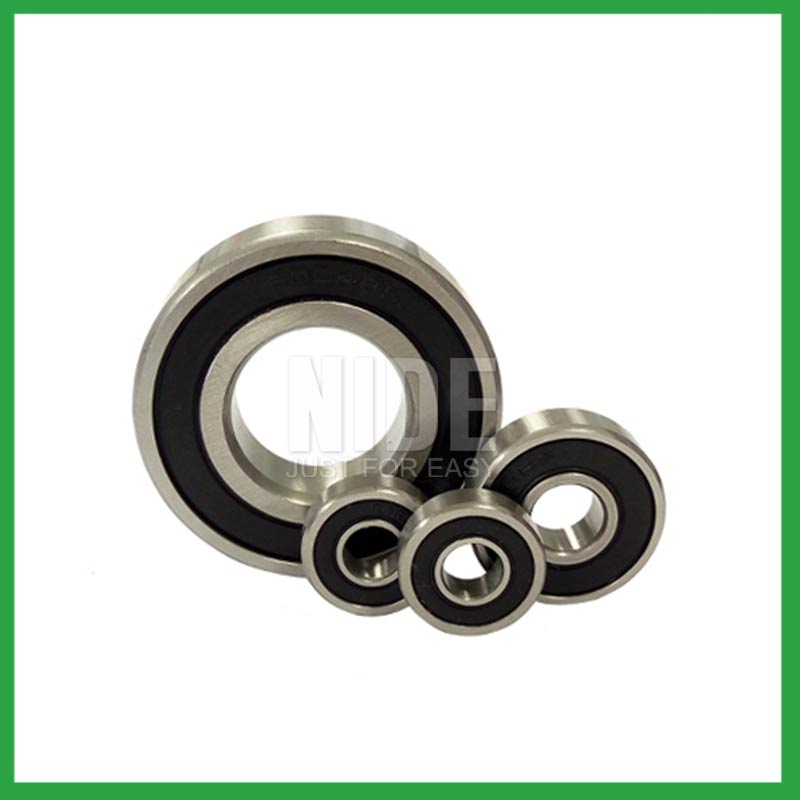
| Parameter | Information |
|---|---|
| Product Name | ball bearing nomenclature |
| Brand Name | NIDE |
| Place of Origin | Ningbo,Zhejiang,China |
| Material | ceramics, etc. |
| Structure | Deep Groove |
| Color | Customized Color |
| Delivery Time | 5-7days |
| Port | Ningbo/Shanghai |
| Export region | America,Oceania,Europe |
| Export Country | India,Brazil,South Korea,Chad,Andorra,Somalia,Barbados...etc |
| Application | small rotary motors, etc. |
| OEM/ODM | Support |
| Size | Customized size |
| Stock | In Stock |
| Feature | Strong carrying capacity,High speed...etc |
| MOQ | 10 pieeces(Specific according to the model) |
| Certification | ISO9001,CE-stator coil forming machine,CE-stator coil lacing machine,etc |
| Supply Ability | 100000-500000 Piece/Pieces per Month |
| Lubricate | Oil Grease |
| Packaging Details | Suitable for sea transportation |
| Lead time (days) | 15-20 (To be negotiated) |
Please note: The above table data is for reference only. For specific information, please contact us.
ball bearing nomenclature is a component with a ball as the rolling element, consisting of an inner ring, an outer ring, and a ball. They form a closed raceway between the rings, and the ball rolls through a curved surface in the raceway.
Before use, the model, size, and design of the ball bearing should be confirmed to ensure suitable application;
During installation, the installation load of the ball bearing should be minimized as much as possible to avoid unnecessary damage;
The bearing shaft and the bearing frame should be stable at the same time to avoid excessive tension.
Ball bearings have many advantages, making them highly competitive in the market.
Firstly, they are very durable and have good wear performance, making their service life longer than many other types of bearings.
Secondly, they are easy to install and can provide low friction performance in various applications.
Thirdly, they require a relatively low level of maintenance, making them cost-effective.
In addition, compared to many other types of bearings, their purchase cost is relatively low, making them an economical choice.
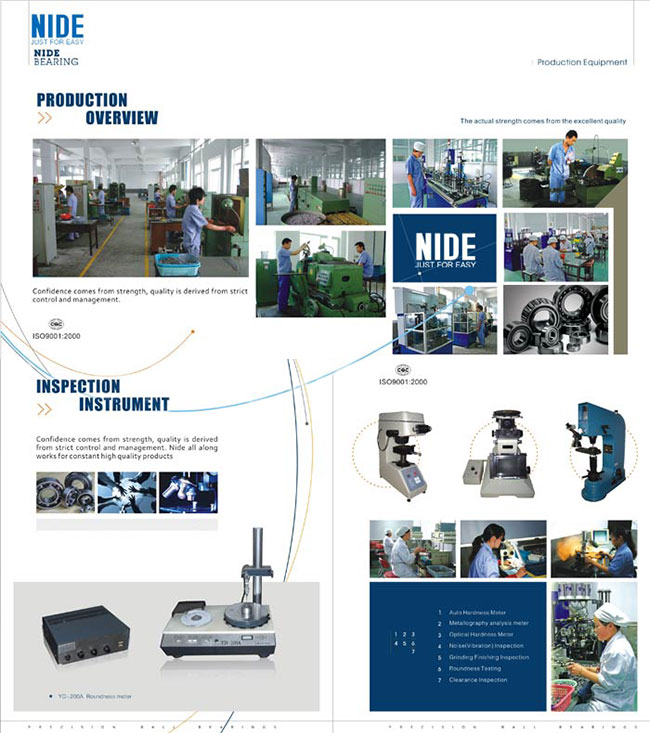
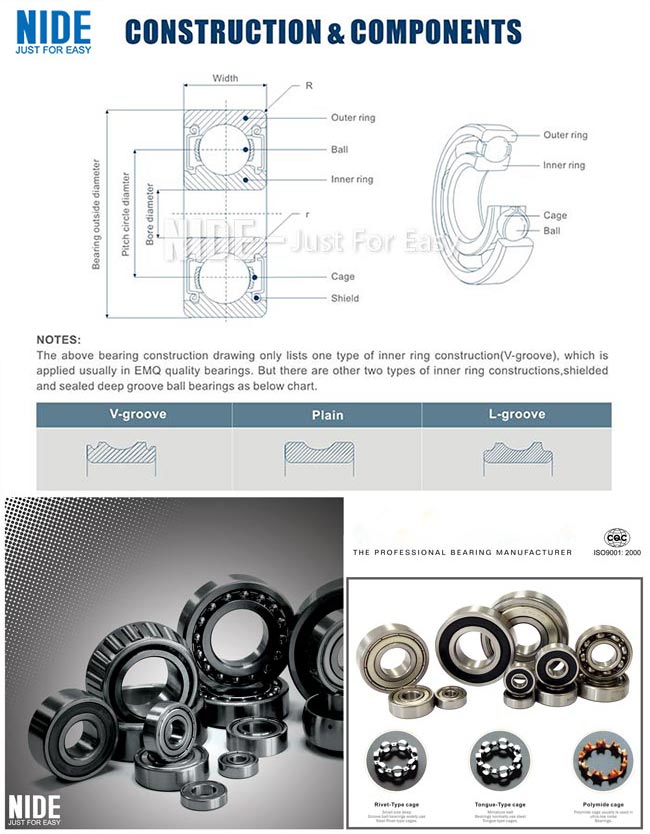
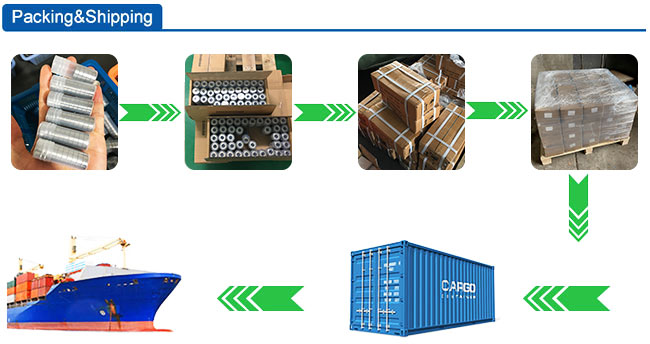
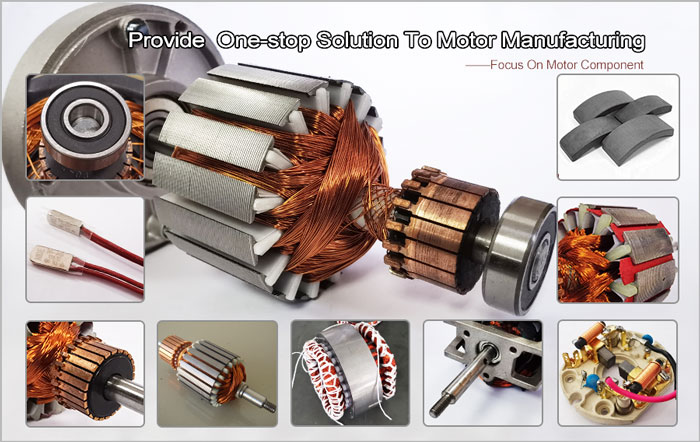
ball bearing nomenclature---FAQs Guide
2.How do preloaded ball bearing nomenclature enhance rigidity and reduce clearance in high-precision applications?
3.What are the considerations for choosing between open, shielded, or sealed ball bearing nomenclature in specific applications?
4.How do ball bearing nomenclature handle radial loads, axial loads, and combined loads, and what are their load-carrying capacities?
5.What is a ball bearing?
6.How do cage designs affect ball bearing nomenclature speed and acceleration capabilities in high-speed machinery?
7.Are there ceramic ball bearing nomenclature designed for specific applications requiring high-temperature or corrosion resistance?
8.About ball bearing nomenclature,What about the lead time?
9.As a ball bearing nomenclature manufacturer,What is your payment method?
10.Are there ongoing research and development efforts aimed at improving ball bearing nomenclature materials, designs, and lubrication techniques?
11.Can ball bearing nomenclature operate in high-temperature environments like industrial ovens or furnaces, and how are they protected from heat-related damage?
12.What anti-corrosion coatings or treatments are available for ball bearing nomenclature used in marine or outdoor applications?
13.Are there specific ball bearing nomenclature designed for applications in the aerospace and aviation industries, and what standards do they adhere to?
14.What are the after-sales services available for ball bearing nomenclature?
1.How do ball bearing nomenclature contribute to the overall efficiency and energy savings in industrial machinery and transportation systems?
The balls roll along the raceway, allowing for smooth rotation of the machinery or equipment. Ball bearings are used to support rotating, reduce friction and support radial and axial loads in high-load, high-speed applications where reliability and efficiency are critical.
2.How do preloaded ball bearing nomenclature enhance rigidity and reduce clearance in high-precision applications?
Enhance Rigidity: By applying a controlled axial force, preload increases the bearing's resistance to external forces and moments. This heightened rigidity is essential in applications where any deflection or misalignment must be minimized, such as in machine tools or robotic systems.
3.What are the considerations for choosing between open, shielded, or sealed ball bearing nomenclature in specific applications?
While sealed bearings offer superior protection and maintenance advantages, shielded ball bearing nomenclature can be more suitable in situations where minimal friction and operating temperature are crucial. It's essential to assess the operational environment and demands before making a selection.
4.How do ball bearing nomenclature handle radial loads, axial loads, and combined loads, and what are their load-carrying capacities?
The type of bearing used also varies between these loads. While deep-groove ball bearing nomenclature are better equipped to handle radial loads, thrust ball bearings are designed for axial loads. However, it's essential to note that most bearings, such as angular contact ball bearings, can handle both radial and axial loads.The Bearing Static Capacity, Co, is the maximum load that can safely be applied to a non-rotating bearing that will not cause subsequent bearing operation to be impaired. It is based on calculated contact stress at the center of the most heavily loaded rolling element where it contacts the Inner Race.
5.What is a ball bearing?
A ball bearing is a type of rolling-element bearing that uses balls to maintain the separation between the bearing races.
The purpose of a ball bearing is to reduce rotational friction and support radial and axial loads. It achieves this by using at least two races to contain the balls and transmit the loads through the balls. In most applications, one race is stationary and the other is attached to the rotating assembly (e.g., a hub or shaft). As one of the bearing races rotates it causes the balls to rotate as well. Because the balls are rolling they have a much lower coefficient of friction than if two flat surfaces were sliding against each other.
Ball bearings tend to have lower load capacity for their size than other kinds of rolling-element bearings due to the smaller contact area between the balls and races. However, they can tolerate some misalignment of the inner and outer races.
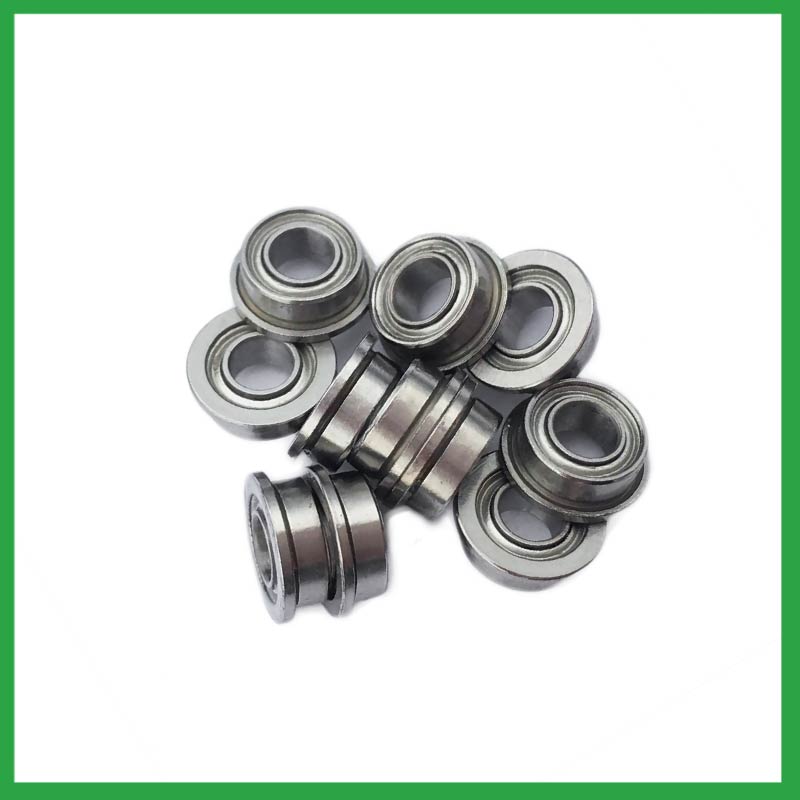
6.How do cage designs affect ball bearing nomenclature speed and acceleration capabilities in high-speed machinery?
In high-speed ball bearing nomenclature, external load has a great effect on cage stability and sliding ratio, especially for the bearings at work in the starting process. The cage stability is worse in the beginning of the bearing starting process. The axial load greatly influences cage dynamic performance in the bearing starting process.
In addition, while ball bearings worked under steady conditions, axial load and radial load both have a great influence on cage dynamic performance. The effects of axial load on cage dynamic performance during the bearing starting process are opposite from the effects under steady conditions.
7.Are there ceramic ball bearing nomenclature designed for specific applications requiring high-temperature or corrosion resistance?
Ceramic ball bearing nomenclature are a special type of bearing made of ceramic materials, offering superior wear resistance, corrosion resistance, and high-temperature performance. They provide excellent performance in applications requiring high speeds, high temperatures, and resistance to corrosion.
8.About ball bearing nomenclature,What about the lead time?
3-7 days for samples, 3-4 weeks for mass production.
9.As a ball bearing nomenclature manufacturer,What is your payment method?
We accept T/T, PAYPAL or Western Union, credit card or via ALIBABA Assurance order.
10.Are there ongoing research and development efforts aimed at improving ball bearing nomenclature materials, designs, and lubrication techniques?
A custom ball bearing nomenclature can satisfy almost any customer’s needs. Your application may need a needle roller or ball bearing, a radial or angular contact design, a plain carbon steel bearing with anti-corrosion coatings or stainless steel, a thrust bearing or a spherical bearing, tight or loose radial play, sealed or non-sealed designs
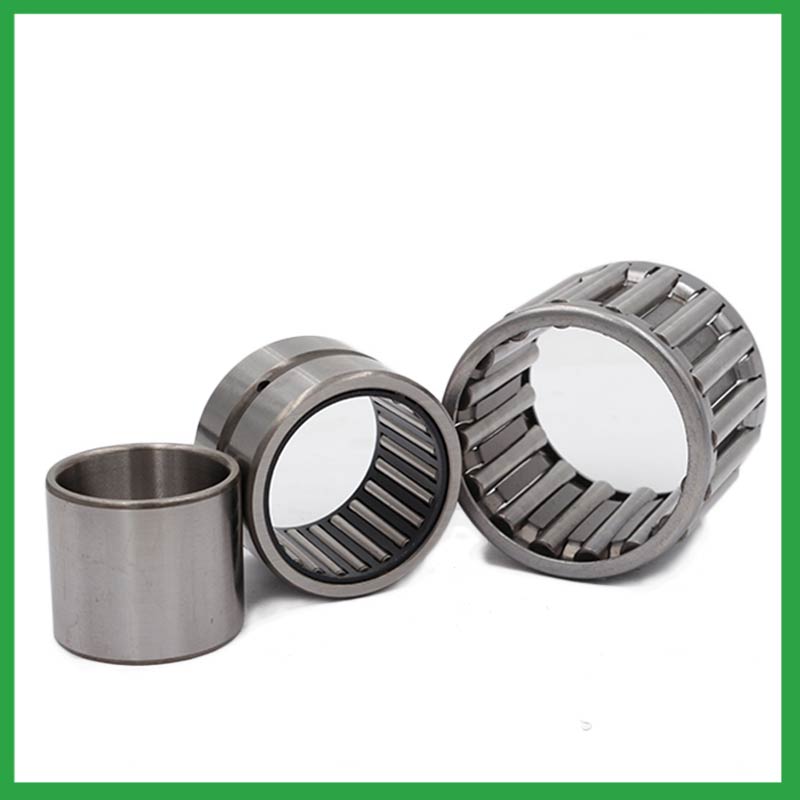
11.Can ball bearing nomenclature operate in high-temperature environments like industrial ovens or furnaces, and how are they protected from heat-related damage?
ball bearing nomenclature are capable of working at temperatures up to +842°F (+450 °C). Special lubricants, seals and coatings make this possible by protecting the ball bearings from heat damage.
12.What anti-corrosion coatings or treatments are available for ball bearing nomenclature used in marine or outdoor applications?
Corrosion Resistant Coatings.Whether ball bearing nomenclature are manufactured from stainless steel or from chrome, anti-corrosion coatings can be applied. Compared to the natural state of the base metal, these coatings make surfaces less chemically reactive. In their selection of treatments or coatings, some industries choose to consult with the manufacturer of the bearings they use. This is because surface engineering is a highly specialized undertaking. These coatings used for their anti-corrosion properties to protect bearings in harsh environments include the following:Passivation (of stainless steel),Carbide and titanium nitride,Galvanized zinc,Nickel plating,Cadmium plating,TDC (thin dense chrome).
13.Are there specific ball bearing nomenclature designed for applications in the aerospace and aviation industries, and what standards do they adhere to?
Airframe control ball bearing nomenclature are specialized bearings tailored for aircraft structures, particularly control systems and surfaces. Designed for low-speed oscillatory applications, they offer precision and support, effectively managing misalignments and flight-induced stresses.
Airframe Control bearings are lightweight, corrosion-resistant, grease-lubricated, and are sealed on most occasions. They come in precision grades for running accuracy.
14.What are the after-sales services available for ball bearing nomenclature?
If you find problems or failures in the assembly or use of the bearings , which needs to consult and other services, please feedback to Nide International in time.

